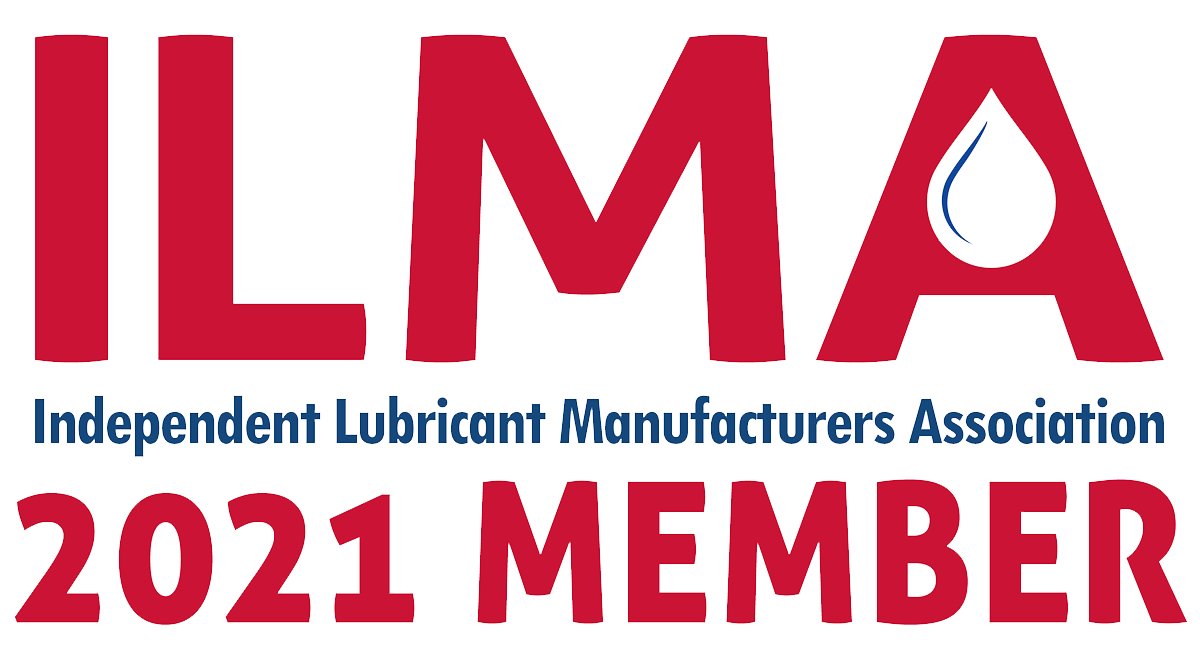While oil analysis can provide equipment owners with valuable insight and considerable savings, starting such a program can seem like a daunting task.
How do you get started? And once you do, how should you take samples? And how often? The first step is to provide important company and equipment information, as well as any testing requirements.
“In order to start the program, the customer must submit an enrollment form. It gives us the address we need to issue the customer their oil analysis kits, so they can begin sampling and obtaining results. The enrollment form provides us the special testing requirements the customer may or may not want performed,” Mike Wyant, Director of Technical Services for PetroChoice, said. “We require the customer to submit the year, make, model, and Type of each piece of equipment and the various components that they will be sampling. This ensures us that the information is detailed, specific and accurate.”
Sampling isn’t difficult and can be performed on any type of fluid. However, there are a few things to keep in mind when collecting.
Related: A Quick Guide to Reading your Oil Analysis Report
“The best sample is one that is taken routinely, timely, and accurately,” Wyant said. “The sample should be taken after reaching operating temperature, so it is representative of the fluid being sampled. It should also be sampled from the same port as the previous samples. The sample must be submitted in a very timely manner. The longer the sample isn’t submitted, the less representative it is from the current operating component.”
In general, Wyant recommends sampling at each drain interval. This allows for analysis to be performed consistently and for equipment owners to better track trends.
“Test interval frequency is based upon the service interval frequency,” Wyant said. “Any time the fluid is changed or the component is serviced, the fluid should be sampled and tested.”
Testing time is relatively quick, Wyant said customers can usually expect to see a report within 24 hours of the lab receiving the sample. Regularly testing is an important, and sometimes necessary, part of keeping machines running and budgets under control.
“The oil analysis helps protect their investment. Typically, it’s a requirement of their warranties,” Wyant said. “Beyond that it helps the customer react to potential catastrophic failures by giving them information they can use in advance to address the issue. By following the trends developed through oil analysis, the customer can be advised of an adverse or critical situation and address it before the component, whether it’s an engine, transmission, hydraulic system or gear set, reaches failure, costing the customer downtime and money.”
To learn more about PetroChoice’s oil analysis program, click here.



